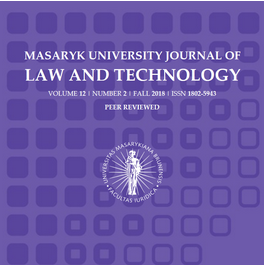Remote Internet Voting and Increase of Voter Turnout: Happy Coincidence or Fact? The Case of Estonia
Remote Internet Voting and Increase of Voter Turnout: Happy Coincidence or Fact? The Case of Estonia
Author(s): Karel SálSubject(s): Governance, Electoral systems, ICT Information and Communications Technologies
Published by: Masarykova univerzita nakladatelství
Keywords: Remote Internet Voting; Estonia; Voter Turnout; Crisis of Democracy; Democracy;
Summary/Abstract: Today’s democracies (polyarchies) face a lowering trust of their own citizens towards democratic institutions, governments or fundamental processes like competition or participation. This common disappointment with democracy, which started around the 1960’s in western democracies and manifested itself primarily by the lowering level of participation in elections, is frequently described as a “crisis of democracy” (Crozier, Huntington, Watanuki 1975). This trend worries politicians and political scientists because this low level of participation could undermine the very basis of democracy. One possible solution comes along with the spread of new media and internet access as a common tool in the 1990’s and mainly after the start of the new millennium: e-voting gets to be known as remote internet voting (RIV). The idea of overcoming the crisis of democracy by new media tools is based on a simple consideration: today’s citizens are used to sort their matters on-line and the lowering demands for voting participation can bring new participants and boost the total turnout (see Blais, Gidengil, Nevitte 2004; Wattenberg 1998). Estonia1 today uses RIV for all level of elections. The number of usages generates a sufficient database for an analysis on how RIV can stand up to the expectations of increasing voter turnout
Journal: Masaryk University Journal of Law and Technology
- Issue Year: 9/2015
- Issue No: 2
- Page Range: 15-32
- Page Count: 18
- Language: English

